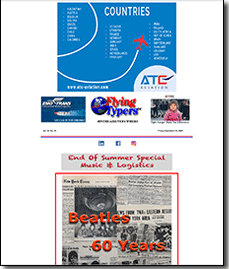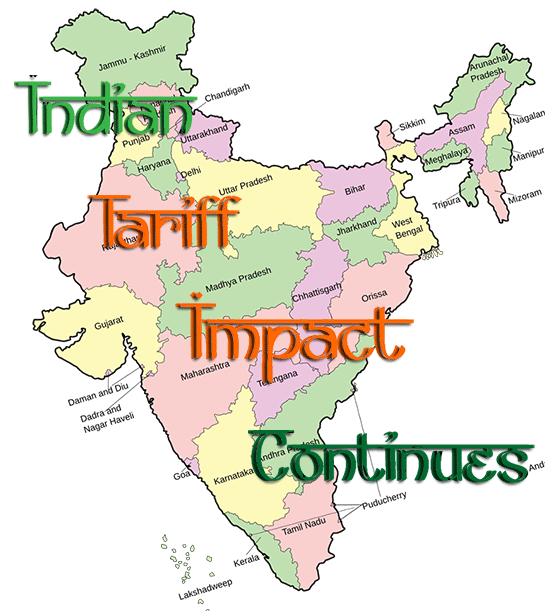 |

“The impact has been sudden and disruptive,” said Dinesh Kumar Krishnan, Managing Director of United Shipping Services. His company had expanded to the U.S. recently to serve American importers sourcing from India. “The tariffs are stressing out our business plans. U.S. buyers are frustrated with elevated costs, and volumes are drying up week by week.”
Krishnan was speaking about the plummeting India-U.S. export figures. The India-U.S. air cargo corridor, long a backbone for high-value shipments, is shuddering under the weight of Washington’s new trade barriers. The Trump administration’s decision to double tariffs on Indian exports to 50% from August 27 has not only dented exporter confidence but also dragged down volumes and spot rates on this once-lucrative lane.
WorldACD data painted a stark picture. India-U.S. air cargo volumes dropped 12% in the week ending August 31 and plunged another 14% in the first week of September. This steep reversal came immediately after the tariff hike, which followed a brief surge of shipments in mid-August as shippers raced to beat the new duty deadline. Week 34 saw a 28% leap in volumes, 35% higher year-on-year, as forwarders scrambled to move consignments. That rush has now given way to the quiet of idle capacity.
Mirroring demand, spot air freight rates slumped below the psychological $4/kg mark for the first time in several months, touching $3.99/kg. This represented a 22% decline against the same period last year, when rates were buoyed by strong trans-Pacific and China substitution demand. For forwarders and carriers alike, this rate erosion is squeezing margins on what was until recently one of the most profitable corridors out of South Asia.
“Rates are stable for Europe for now, but volatility in the U.S. trade lane is creating uncertainty,” Krishnan added. The unpredictability of tariff policy has become as damaging as the tariffs themselves, complicating carrier planning and shipper commitments.
The tariff shock has hit labor-intensive cargo segments hardest. Textiles and apparel—long the volume leaders in bellyhold freight—fell 2.7% in August to $2.9 billion, down from $3.1 billion in July. Gems and jewellery, shrimp, leather products, and auto parts are also scaling back shipments as landed costs soar beyond acceptable thresholds. According to freight forwarders, importers in the U.S. are beginning to seek heavy discounts, further eroding yields for exporters.
 “Pharma continues to move, since it’s largely exempt from tariff hikes, but that cargo alone cannot fill airline bellies,” said Afzal Malbarwala of Galaxy Freight. “The broader loss in textiles, perishables, and auto parts is where carriers are feeling the emptiness.” “Pharma continues to move, since it’s largely exempt from tariff hikes, but that cargo alone cannot fill airline bellies,” said Afzal Malbarwala of Galaxy Freight. “The broader loss in textiles, perishables, and auto parts is where carriers are feeling the emptiness.”
The Global Trade Research Initiative forecasts India’s exports to the U.S. could fall to $49.6 billion in FY26, down from $87 billion in FY25. “Most exporters can barely accommodate a 10-15% cost escalation. A structural 50% tariff wipes out competitiveness,” Malbarwala added.
While the India-U.S. air bridge weakens, alternative corridors are strengthening. WorldACD figures show Indian exports to Europe grew 8% year-on-year in early September, a sharp contrast to the decline across the Atlantic. Carriers are already redeploying capacity westward.
For the air cargo market, the India-U.S. corridor remains mired in contraction: falling tonnages, sinking rates, edgy customers, and carriers in tactical retreat. Meanwhile, Europe is gaining altitude as a stabilizing destination, with South Asian neighbors like Sri Lanka carving out opportunistic gains.
For airlines, the tariff shock on Indian exports is accelerating a wider pattern: redeployment of freighter capacity from uncertain U.S.-bound markets to steadier Europe and intra-Asia demand. Operators are now weighing capacity rationalization on India-U.S. routes as forward bookings thin out. Passenger belly capacity, buoyed by resilient India-U.S. traffic, may cushion some losses, but freighters are feeling the pinch.
Although the government response is policy-heavy rather than cargo-centric, mitigation efforts will affect forwarder liquidity. Measures under consideration include reinstating the Interest Equalization Scheme (IES) to offset high Indian borrowing costs, along with subsidized loans and credit guarantees for exporters. “The government’s priority is preventing irreversible loss of market share,” a commerce ministry official told FT. Industry groups like the Air Cargo Agents Association of India (ACAAI) are lobbying to ensure relief measures translate into direct competitiveness, not just financial breathing room.
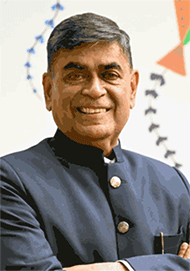 C. K. Govil, ACAAI Immediate Past President, argued that the industry must treat this disruption as both risk and opportunity. “We cannot afford corridor concentration. The answer lies in diversified lanes, digital integration, and greener, more reliable supply chains. The downturn, though painful, is a chance to innovate ahead of the next upcycle.” C. K. Govil, ACAAI Immediate Past President, argued that the industry must treat this disruption as both risk and opportunity. “We cannot afford corridor concentration. The answer lies in diversified lanes, digital integration, and greener, more reliable supply chains. The downturn, though painful, is a chance to innovate ahead of the next upcycle.”
Others underscore the long-term credibility challenge. “India is being promoted as a China alternative,” Malbarwala warned. “If these tariffs linger and volumes bleed, buyers will not wait—they will shift permanently to Vietnam and Bangladesh. Air cargo viability depends on shippers retaining confidence.”
For Indian forwarders and airlines, the immediate play is survival—cash-flow management, capacity reshuffling, and lobbying for relief. Long-term resilience will hinge on building diversified corridors and efficient, tech-enabled logistics.
“The slowdown is temporary, but the lessons are permanent,” Govil concluded. “Air cargo has always been the lifeline of trade. Our adaptability now will decide how strong India emerges as a logistics hub once the storm passes.”
Tirthankar Ghosh
|
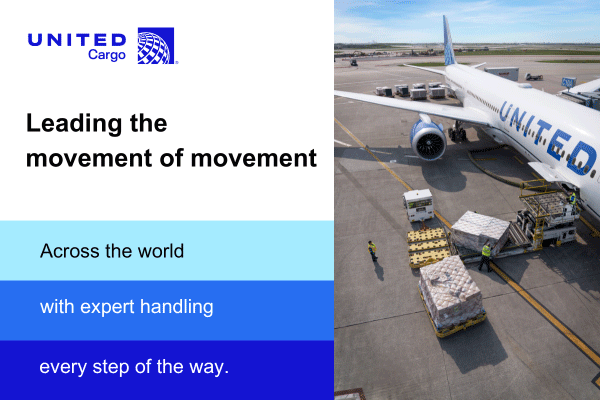





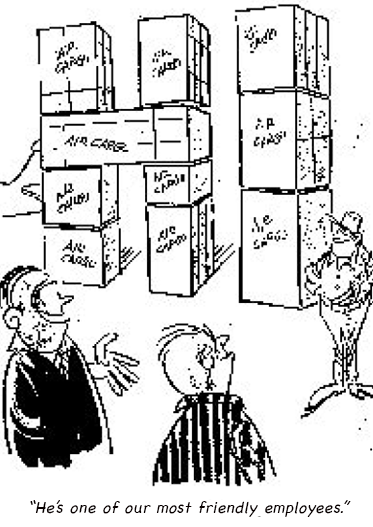

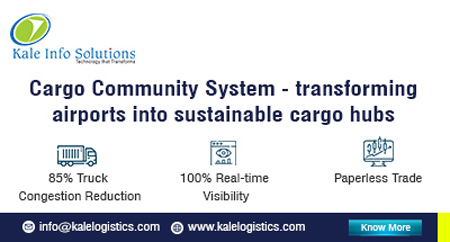

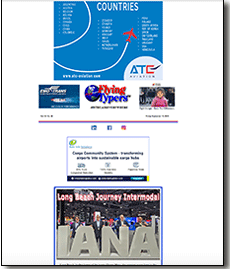 Vol. 24. No. 40
Vol. 24. No. 40